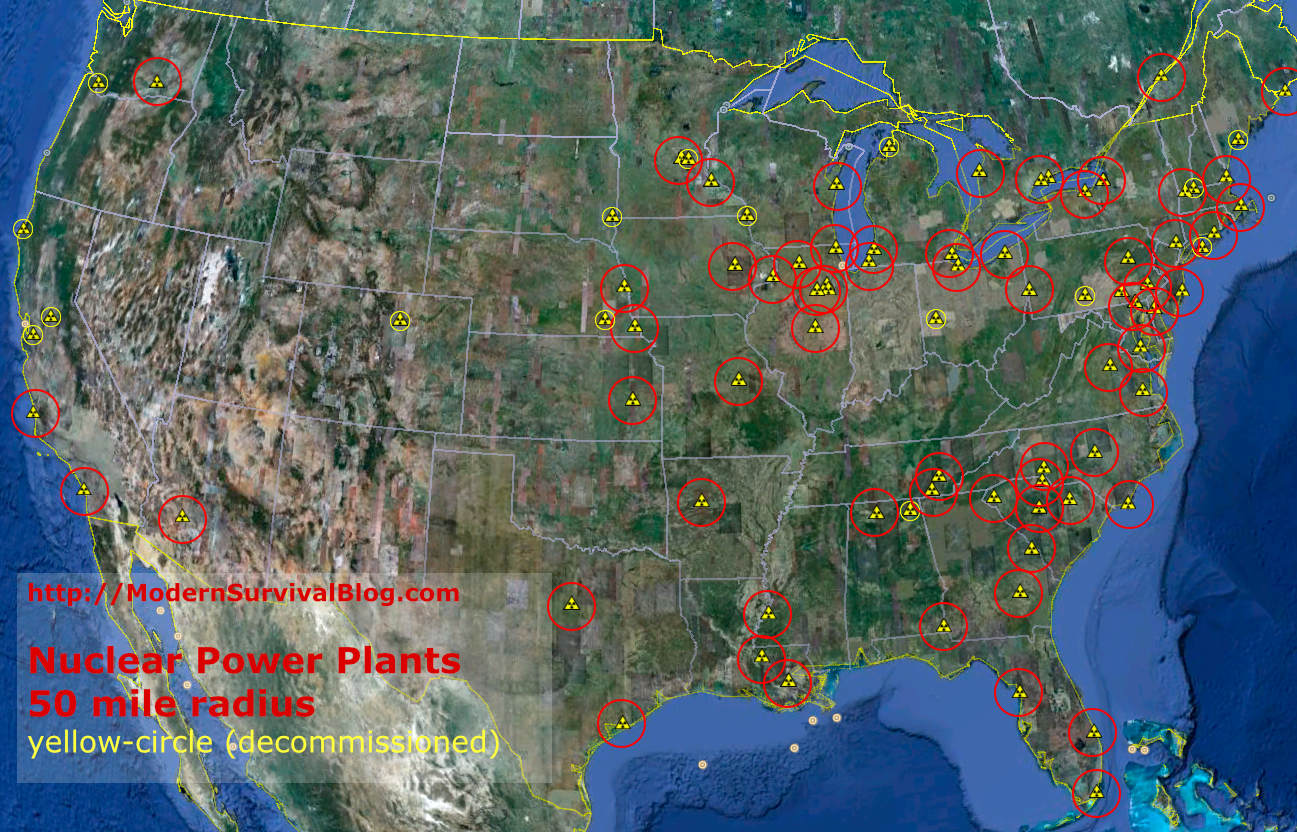

And boosting the capacity of Europe’s existing nuclear reactors-which don’t normally run at full tilt, due to the growing inclusion of renewables-was one of the solutions the International Energy Agency (IEA) recently proposed to reduce European reliance on Russian LNG. “Nuclear power is an important source of low-carbon electricity and heat that can contribute to attaining carbon neutrality and hence help to mitigate climate change,” wrote Olga Algayerova, Executive Secretary of the United Nations Economic Commission for Europe, in a report published in the lead up to November’s COP26 climate talks. classified nuclear energy as “green,” drawing a backlash from environmentalists who point to risks associated with accidents and nuclear waste.īut many energy experts counter that it’s a necessary element of a viable net-zero economy. Meanwhile, despite the raft of high-profile disasters, historic fatalities from the civil nuclear industry are measured in the low thousands. Not only is nuclear energy immune to the vicissitudes of oil and gas prices, it’s also a zero-carbon technology.īeyond the practically uncountable damage greenhouse gas emissions inflict on the lives and livelihoods of people globally, the air pollution that results from burning fossil fuels directly led to 8.7 million deaths in 2018 alone, according to research published last year. The cheapest option is simply to swap out dirty coal for comparatively clean LNG, but Putin’s aggression has underscored the hidden costs of that approach. This means each nation’s energy portfolio requires a “firm” element. However, despite some great advances in battery technology amid heaps of investment, there is still not a viable storage solution to provide power when the sun isn’t shining, or wind stops blowing. The ideal solution is to replace coal and oil with renewables like wind, solar and tidal power.


 0 kommentar(er)
0 kommentar(er)
